A look at how modern technology is changing the way we view photography in the art world
Don't wanna be here? Send us removal request.
Text
Photography Has Changed...
One hundred years ago, photography was obviously not nearly as common as it is today. Photography was on the rise in the early twentieth century, and although it was far cheaper in the 1920s than it was in the beginning of the invention of photography nearly eighty years earlier, it still was not cheap. The cost of the most popular camera in the roaring twenties, the Kodak Brownie, was $5.90. This sounds like a dream price for a camera, even by today’s standards where, adjusted for inflation, this would be about $75.68.
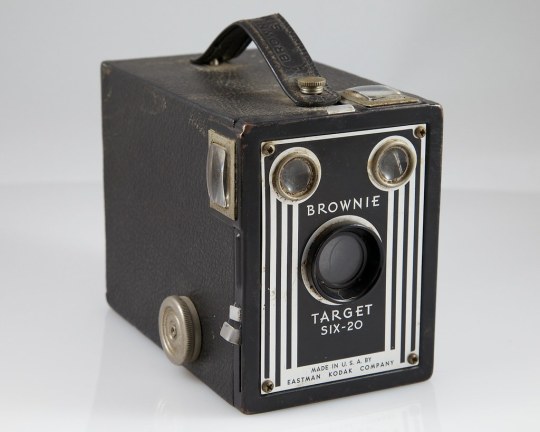
Kodak Brownie Target SIX-20 box camera by Kevin Stanchfield
However, just because photography wasn’t as expensive didn’t mean it was easy. Photographers had to spend time manually focusing their cameras to get the correct shot and developing film for hours on end to get the perfect print. Fast forward to today, a full century later, where we can pull a device from our pocket, aim it at whatever we’d like, and a tiny camera will automatically focus to the subject and the lighting. Then that photo is saved in a digital landscape, no developing and printing required. Frankly, we’re spoiled.
In the last decade or so, photography has taken on almost an entirely new meaning in the art and technology world. Never before did people have access to relatively high quality cameras the way that we do today. Because of this, photography itself has changed. Twenty years ago, if you wanted a photograph of yourself, your family, or anything else, you had to either own a physical camera, or get in touch with someone who did. Taking images of yourself by yourself (what is today known as a “selfie”) was not as simple as looking at a screen that fits in the palm of your hand, it required the set-up of a tripod and a shutter-release system or self timer. Not to mention the subject likely couldn’t see themselves or what the image looked like in the process of taking it. This idea was especially true of those using film, as they likely wouldn’t see the results for a few days, so there was no room to see what the image looked like immediately after taking it to go back and make adjustments.
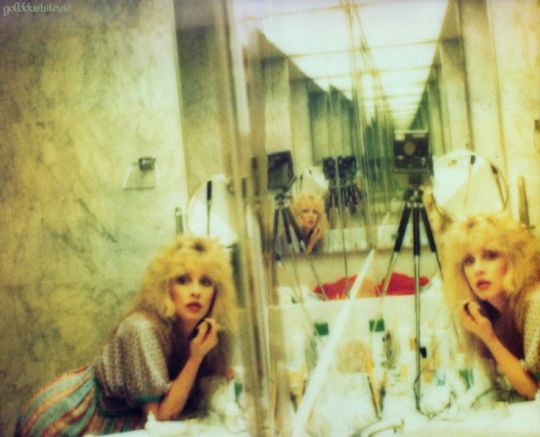
All Hail Queen Stevie -A photograph of Fleetwood Mac singer Stevie Nicks that she took herself using multiple mirrors- via Little Golden Age on Wordpress
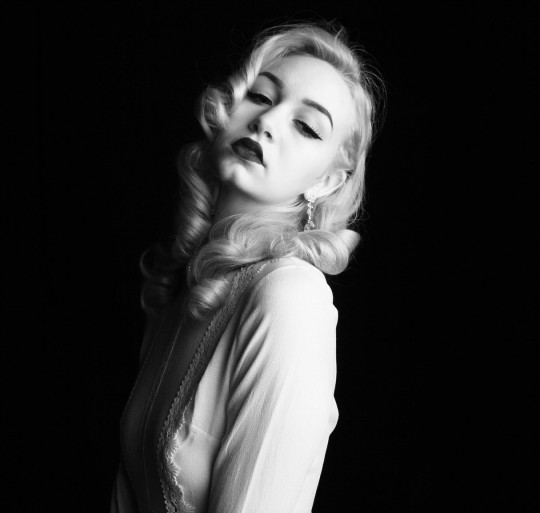
Lovely, a Self Portrait - Image by Author
All of this begs the question: what is considered “art photography” in a time where anyone and everyone is essentially a photographer? Does a photograph that’s taken on an iPhone have any less artistic value than a photograph that’s taken on a high-powered Canon?
Let’s start with one of the main arguments for why the answer to that question might be yes: the quality. The iPhone X and Xs, the two newest iPhones released to the public each have a 12 megapixel camera. This has offered some of the best resolution in photographs that Apple users have ever seen. However, a Canon Rebel T3i, a common camera for amateur to professional photographers, offers 18 megapixels. For those that may not know as much about megapixels, this is a huge jump in overall resolution. A photograph taken with a high-resolution camera will produce an image with much more detail, and in cases of printing, will be a much higher quality print. This may not matter to someone that’s just posting an image on Facebook or Instagram, but that could play into what constitutes a piece of art from just a regular photograph. Sure, a photographer may post their images on Facebook or Instagram just like anyone else, but if an image taken with a cell phone and an image taken with a DSLR camera were hung up next to each other in a museum, for example, there would be a jump in quality between the two.
Color may also play into this equation. In a broad sense, an iPhone camera tends to “blur” colors together, ultimately assuming the colors it sees as it displays them. A DSLR camera is much more exact in the colors it “sees,” often times making the final image have much richer, more true-to-life colors.
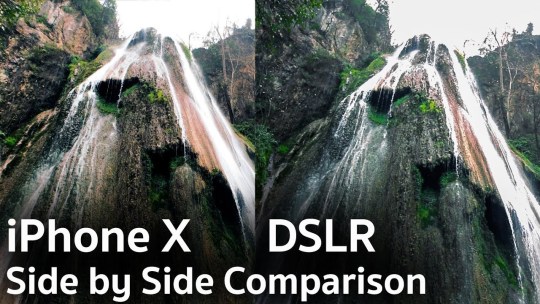
iPhone X vs DSLR – Side by Side Comparison! - DavidPlays on YouTube
As you can see in the image above, the colors taken by the DSLR camera are much richer. Although we, the viewer, are not actually there and cannot see what this waterfall looked like in person, it’s safe to say that the image on the right is likely much more true to life than the image on the left. The greens and the red in the rocks specifically point to how a higher-powered camera can produce a much more quality image.
However, there is always a counterargument to every argument. In this case, one could bring up the fact that color, quality, and whatever other qualities a DSLR camera has to offer may not matter at all.
Take, for example, the photographer Francesca Woodman. She was a famous photographer known for her self-portraits during the 1970s and 1980s. This was during a time when film photography was the greatest form of photography that man had ever known, and although color photography was available, Woodman chose to shoot in black and white. A handful of Woodman’s images are grainy due to film quality, out of focus, or contain blurred objects. Yet, she is still considered one of the greatest fine-art photographers of the twentieth century.

The Long Exposure of Francesca Woodman via Elizabeth Gumport
Why? Because of the content of her images. Not just the subjects in them, but the meaning behind them. Deep down, fine art photography is really more about the meaning behind the image rather than the image itself. If an artist can defend their work and give it true meaning and depth, there is no reason why a blurry film photo has more or less fine art quality to it than an extremely sharp and colorful photograph of the same subject. This may plague the fine-art photographer that spent thousands of dollars on a camera set-up that’s destined to get the perfect shot, but their image can be worth just as much, or even less, than a photograph taken on a disposable camera bought at Wal Mart for less than ten dollars. It’s all about the meaning behind the image and the artist who takes it.
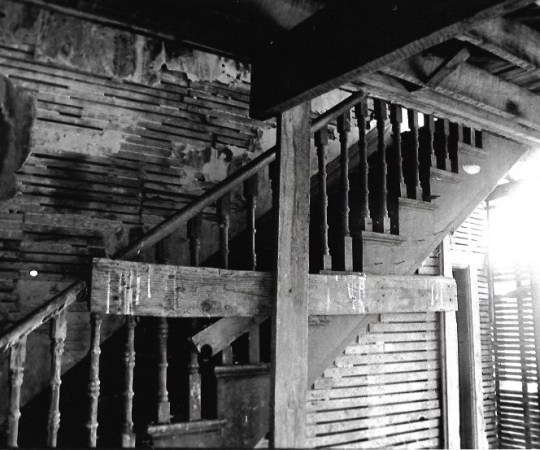
The Worst Image with the Best Meaning - Image by Author
In the end, what constitutes “fine art photography” is in the eye of the beholder. Photography is now a medium that’s available to almost everyone across the globe, for better or worse. What we, the viewer, are responsible for is determining if the meaning behind the photograph is worthy of the image itself.
1 note
·
View note